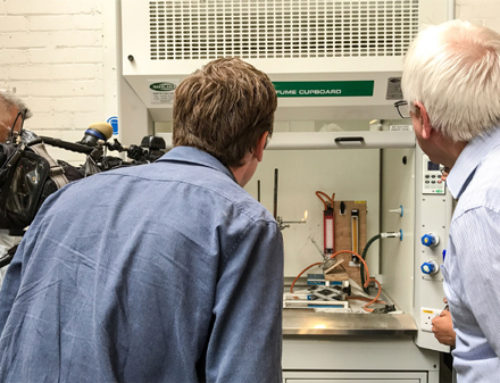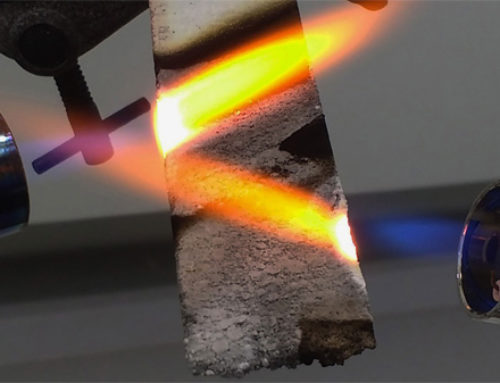What was wrong with the Grenfell cladding and how has it affected residents?
It’s been 4 years since the Grenfell fire, yet hundreds of high-rise buildings still host the same aluminium composite material (ACM). Due to its combustible properties, Governments officially banned this cladding back in 2018. This led to the development of new building regulations for buildings 18m and over. Yet, residents remain in these hazardous conditions to date.
As a result, many homeowners have had much difficulty selling or letting out their property due to its high risk. It has also caused insurance companies to vastly increase their fees. Therefore, residents have experienced extreme hardship, particularly during the pandemic. With over 600,000 residents living in these conditions, there is a lot of worry as to their safety. In response, many residents have taken to the streets to protest this, encouraging governments and officials to take corrective action.
Consequently, Governments have established a £5 billion fund. This aims to help replace cladding on high-rise buildings 18 meters and over. Meanwhile, this will not cover any remaining costs. Therefore, the Labour party have demanded that developers should be the ones to pay the residual charges, and have until June 2022 to do so. However, one question remains; how can you indicate the level of risk posed by the new cladding material?
How can we indicate the level of risk posed by the new cladding material?
As efforts are made to replace the current cladding, there is still some uncertainty as to the level of risk for the new cladding. At Impact Solutions, we have the capabilities to provide a bomb calorimetry test. The test involves measuring the gross calorific value of a sample. We then compare the energy released against a classification table from standard EN 13823 to provide a rating of the sample. The test is quick, low-cost and requires little material, therefore it won’t be too much of a burden. Our team also work honestly and proficiently to give you the best results. This test will, therefore, help to indicate the flammability of the cladding material, giving more of an understanding and level of confidence to residents, developers and architects.
Contact us today!
If you know anyone who would be interested in learning more about this test, have them to contact us at: info@impact-solutions.co.uk / +44 (0) 1324 489 182.
If you are also interested in keeping up-to-date with our fire testing services, follow us on Twitter and LinkedIn, or for more information on cladding, head to our blog.





